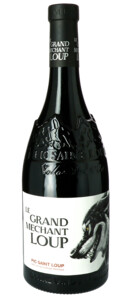
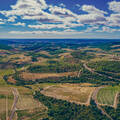
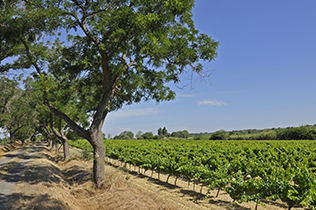
When you drink a Languedoc wine, you can almost hear the cicadas singing. Thanks to a Mediterranean climate with aromas of scrubland, the vineyards of Languedoc flourish during the hot and dry summers at the foot of the Pyrenees, in the Massif des Corbières, or on a gentle slope towards the ponds.



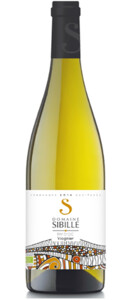





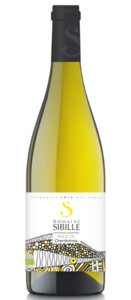

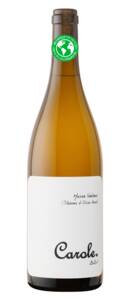
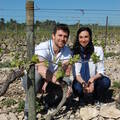

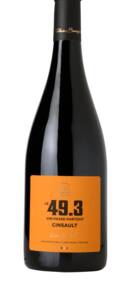

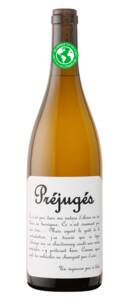


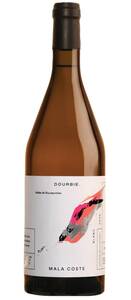


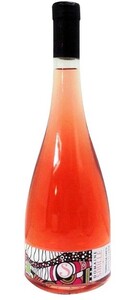

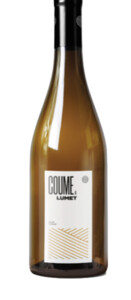


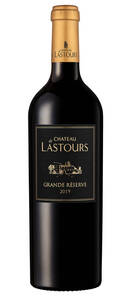
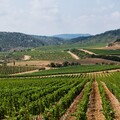

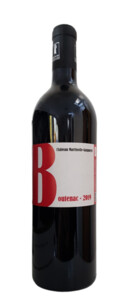




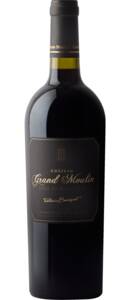





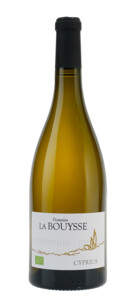

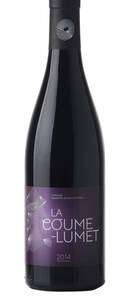


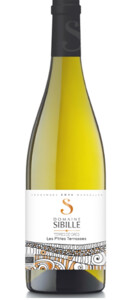

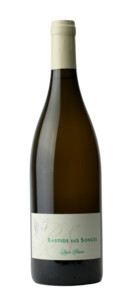
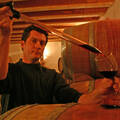
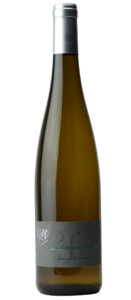


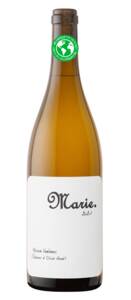


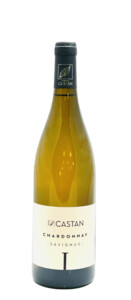



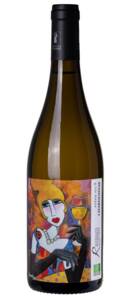





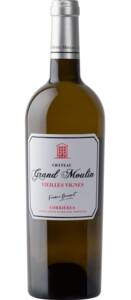


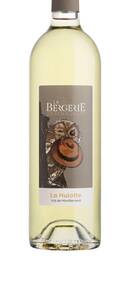


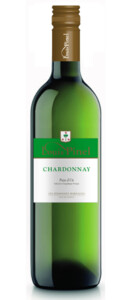

It is obvious that the Languedoc vineyard benefits from an incomparable know-how, thanks to the great diversity of its terroirs and the marriage that takes place between the different climates of the region. Languedoc is best known for its ripe, intense red wines like Saint Chinian, Corbieres and Faugeres, but one can also find crisp white wines made from Picpoul (such as Picpoul de Pinet), sparkling wines from the region of Limoux and an increasing number of dessert wines. Sip them quietly and spread some good vibes while you settle and enjoy your view from the Pic Saint-Loup!
There is a wide variety of soils such as limestone and shale, clay, sand, grain... It is one of our favourite regions at Les Grappes and we are proud of our very wide offers. With twenty-three different appellations (Aude, Corbières, Fitou, Limoux, Muscat, Vins de France, etc.), the wines of the AOC Languedoc are not the same. They all have one common characteristic: the aromas of garrigue and their sunny notes. Grenache, Mourvèdre, Picpoul, Muscat, Cabernet-Sauvignon, Cinsault, Carignan, Bourboulenc, Clairette and Syrah are the flagship varieties of Languedoc, which offers our taste buds structured and full-bodied wines. Red wines such as Languedoc-Pézenas, recognizable by their beautiful finesse, provides us with a bouquet of fresh fruit (red fruits, blackcurrant). As for our rich and complex white wines, they provide us with a palette of exotic and citrus fruits with good length.
Languedoc is an AOC (Appellation d'Origine Contrôlée) which represents a significant part of the Languedoc-Roussillon vineyard. The transformation of grapes into wine has been practiced here since ancient times. Over the years, this exploitation has seduced the most critical with its products with aromas of garrigue.
The Languedoc vineyard benefits from a wide range of soils. These soils change according to the geographical position of the farms. Thus, those in the north, near the Cévennes, have a clayey-limestone soil. In the centre of the region, schistose surfaces shape the grape varieties that produce Languedoc wines.
In the plain of this production area, the soil is made of sand and alluvium. Further south, at the foot of the Montagne Noire, there are molasses and limestone. The Roussillon plain benefits from molasses and alluvium. Finally, between the Aude and the Pyrénées-Orientales, the terroir is enriched by a diversity of soils: schist, marl, limestone, molasses and alluvium.
The climate of the Languedoc vineyards is essentially Mediterranean. However, it varies according to whether or not the vineyard is located in altitude.
Languedoc wines come in many forms. By working with different grape varieties such as Syrah, Grenache, Mourvèdre or Muscat, producers obtain outstanding wines. Here are some AOC Languedoc wines to know about.
Picpoul de Pinet is an appellation dedicated to white wines from the Languedoc. Its tonic side makes it a perfect match with Bouzigues oysters. The Pic-Saint-Loup is a recent AOC. Created in 2016, it is applied to reds that are both fine and structured. It is made of grenache and syrah.
The Faugères appellation refers to wines growing on schist. It is the result of the blending of syrah, carignan and mourvèdre. Since 2004, this AOC also produces white wines. You can also find the clairettes of Languedoc. These are white wines made from the clairette grape variety.
To learn more about the different wines of the Languedoc, what better way than to visit a winery? At the Domaine Croix Saint Julien, you will discover the ancestral manufacturing secrets of the wines of this region of France. Harvesting and winemaking techniques will hold no secrets for you. This estate is located between Montpellier and Sète.
You can also visit Domaine Garrabou. You will learn how to transform the chardonnay into AOP Limoux Blanc. And at every step in the different Languedoc production areas, don't forget to buy Languedoc wines.
To enjoy these wines to the fullest, remember to pair them with the right dishes. The wine-growing region is rich in AOC. Red, white, rosé and even sparkling wines go well with different dishes.
After buying Languedoc red wines (AOC Corbières, Minervois, Saint-Chinian...), treat yourself with various roasted meats, game in sauce or salads made with liver and gizzards. For example, you can serve red wine (Languedoc, Cabardès, Minervois appellations, etc.) with Languedoc salad or grilled herbs.
Languedoc rosé wines are perfect for aperitifs. They can be enjoyed with starters, tapas or light salads. For white AOC wines (Picpoul de Pinet, Clairette du Languedoc, etc.), opt for Sète tielles, bouillabaisse or grilled fish.
As for the Languedoc sparkling wines (Crémant de Limoux, Blanquette de Limoux...), they go perfectly with various desserts such as pancakes or galette des rois.
